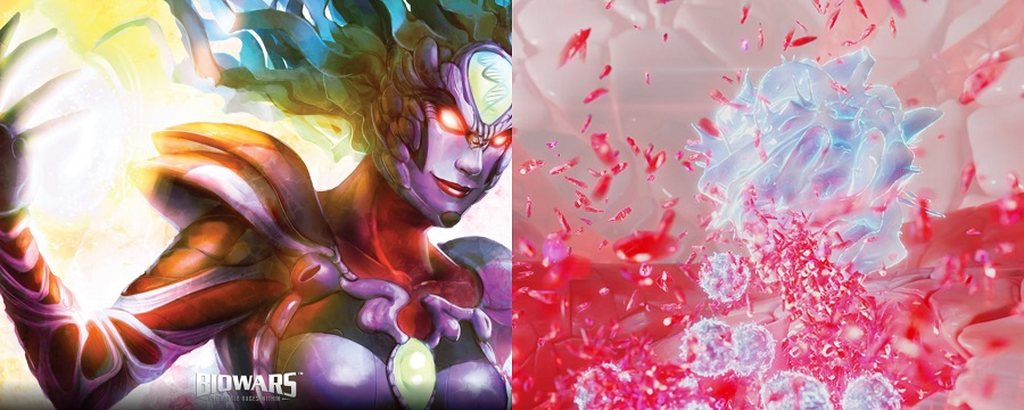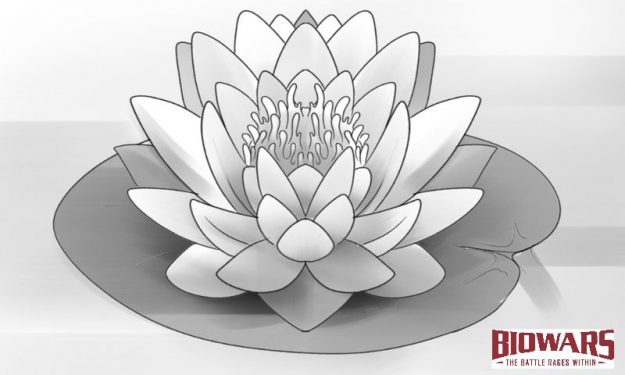Related Resources
Did you know that human natural killer cells, a.k.a. the NK Cells, have an average life span of two weeks?
During those two weeks, the NK Cells perform many important tasks to keep us safe from imposters threatening our body’s well-being.
But what is it exactly that natural killer cells do? And why are they so important for us?
Let’s find out what makes NK Cells special and their role in our immune system!

What Are Natural Killer Cells?

Natural Killer Cells are a group of elite warriors that attack cancerous and other infected cells in our body.
They operate within the lymphocyte squadron.
Lymphocytes are members of the white blood cell family, i.e., leukocytes. Our white blood cells (WBC’s) contain:
- Granulocytes: Neutrophils, eosinophils and basophils. They help our body get rid of infections and fight off allergens. They usually have a three or four-lobed nucleus. If their nuclei have just one lobe, in most cases, that is a sign of some kind of anomaly, mostly cancer.
- Monocytes: This type of WBC’s not only helps destroy attackers, but they also ensure our bodies heal and repair faster. They can recognize “danger signals” thanks to their recognition receptors. Monocytes differentiate in macrophages and dendritic cells, also known as phagocytes. They’re fully dedicated to devouring their enemies!
- Lymphocytes: A type of WBC’s that fights off tumor cells and viruses and regulates our immune system.
Alongside NK Cells, lymphocytes also contain:
- B-Cells: B-Cells are a group of fighters responsible for producing antibodies. In the BioWars comic book, B-Cells are personified as Blastor, the B-Cell commander, and Humron, his second-in-command.
- T-Cells: T-Cells, on the other hand, kill infected cells and encourage other immune system cells to join whatever battle may be happening within your body and protect you. In the BioCosmons, they are represented by Gamma-9 and Alpha-1.
Natural Killer Cells are our body’s elite special forces. Think of them as the Navy SEALs of your immune system! They constitute about 5-20% of all circulating lymphocytes in our blood.
NKCs hunt down infected cells and attack them. Their relentless attacks are unlike anything else our body does.
Natural Killer Cells have a clear mission — annihilate imposters and unhealthy cells that pose a danger to our health. If that means killing off some of our body’s own cells that got infected along the way, they’ll do it in a beat!
In BioWars comics, Cid and Syrinx represent NK Cells!
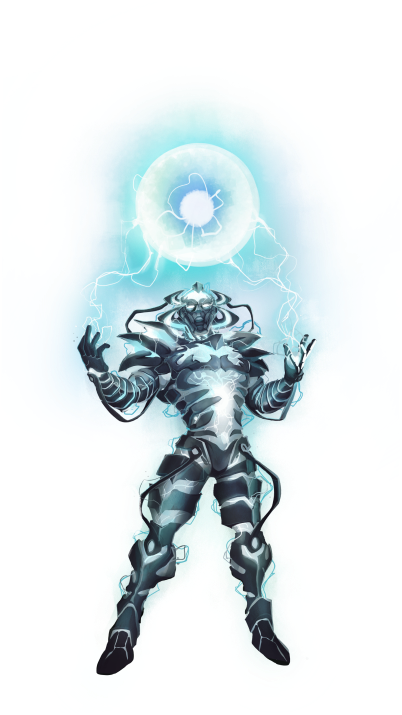
What Are The Most Important Functions Of Natural Killer Cells?
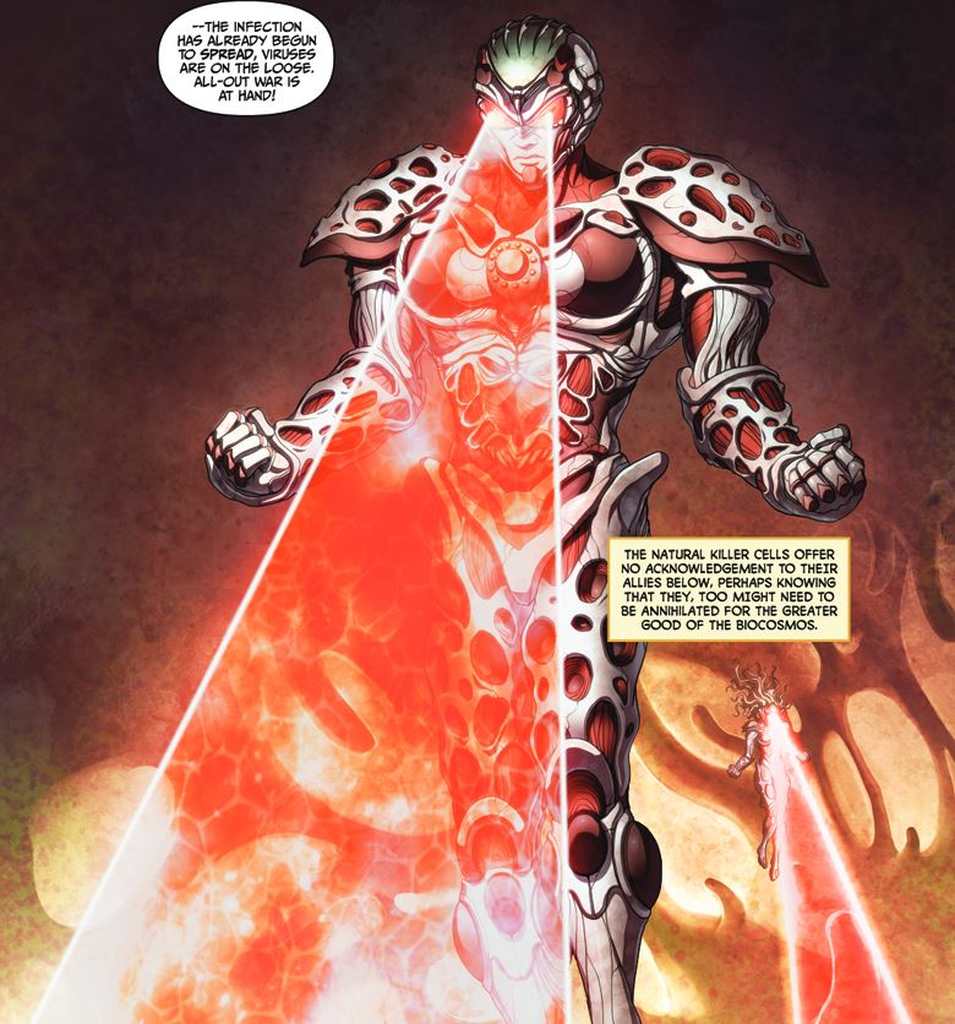
The main function of Natural Killer Cells is to attack aberrant, i.e., anomalous cells and prevent them from jeopardizing your well-being.
Now, let’s see how these elite warriors do it!
NKCs are called “natural” because of their innate ability to recognize infected cells and react accordingly.
Unlike the B-Cells that produce antibodies and release them into our blood to bind with antigens — molecules on pathogens’ surface, the NK Cells work autonomously. Therefore, they don’t need antibodies to destroy the enemy, nor do they care about binding themselves to antigen-receptors. That’s why the NK Cells can react fast and take care of the pathogen posing a danger for your immune system!
NKCs continuously patrol your body, ensuring all is well and you’re healthy.
The moment they notice something’s wrong, they react fast. In fact, after you get infected, the NK Cells need approximately three days to respond to a threat!
And what does their attack look like?
Well, let’s just say no one would ever want to get in their way! Suffice to say, even their allies and fellow BIOWARRIORS fear them!
Healthy nucleated cells in your body have MHC I proteins on their surface — the tiny molecules that can bind to receptors outside the cell. Pretty much all of your cells have a nucleus, save for the red blood cells.
Why are these receptors important for your immune system?
The MHC I represents a sort of an ID card for each cell that describes what every cell does and its role in your body.
So, while NK Cells patrol your body, they scan MHC I proteins. Infected and cancerous cells have a different MHC I than healthy cells. And that difference is a signal to NK Cells!
NK Cells contain receptors on their surface. These receptors are important because they regulate the behavior of NK Cells. Once the NKCs spot an infection, the receptors on their surface activate and turn from an inhibitory to an active state. The NK Cells immediately initiate an attack on malicious or infected cells by launching cytotoxic granules at them!
The cytotoxic blasts either cause stressed cells to lyse, i.e. break down, or to complete apoptosis, i.e. to die.
What Else Can Natural Killer Cells Do?
Aside from preventing cancers and microbes from spreading, recent research also suggests NK Cells play a tremendous role in human response to HIV. NKCs can eradicate infected cells, prompting the virus to mutate to spread further. Imagine the power the NKCs have!
Natural Killer Cells also play an important role in helping human bodies become pregnant. They ensure the embryo can attach itself to the uterus by slightly inflaming the womb. Without the inflammation, the embryo has nothing to attach itself to. But if there is an excessive number of NKCs or not enough of them, there’s a risk of a woman suffering a miscarriage.
Once a woman becomes pregnant, NKCs help develop blood vessels in the fetus, ensuring it gets enough blood, oxygen, and nutrients that ensure the fetus develops properly. Moreover, the silent warriors safeguard the fetus by battling infections and harmful intruders.
Recent research has shown that NKCs also have a memory function. This means they have the ability to remember particular viruses and appropriately respond to them. For example, in an article published in Science Immunology in late 2020, scientists from the Medical University of Vienna note that the subset of NKCs in the liver can memorize viruses and help the immune system fight against hepatitis A and B.
How And Where Are Natural Killer Cells Produced?
Even though NK Cells were discovered in the 1970s, science still doesn’t fully understand these cells.
We know for certain that Natural Killer Cells develop from hematopoietic stem cells (HSCs). HSCs are immature cells that can evolve into all blood lineages, including red blood cells, white blood cells and platelets.
To become an NKC, an HSC first needs to acquire the IL-15 receptor — Interleukin-15. IL-15 is a cytokine, i.e. a tiny protein that encourages a hematopoietic stem cell to evolve into a Natural Killer Cell. IL-15 is powerful enough also to stimulate NK Cells to proliferate — to grow and divide to produce two daughter cells.
At first, scientists believed NK Cells form exclusively in the bone marrow.
However, recent evidence suggests that NKCs can also develop in our liver, tonsils, spleen, lungs, thymus and uterus!
Once NKCs mature, they become elite warriors fully equipped to face off your immune system’s enemies. Even though they have a short lifespan of just 14 days, once they enter your circulation, NKCs make those days count!
They are on the ever-patrolling quest through your body, alert and ready to respond to a threat immediately.
Natural Killer Cells Vs. Cytotoxic T-Cells — Are They The Same?
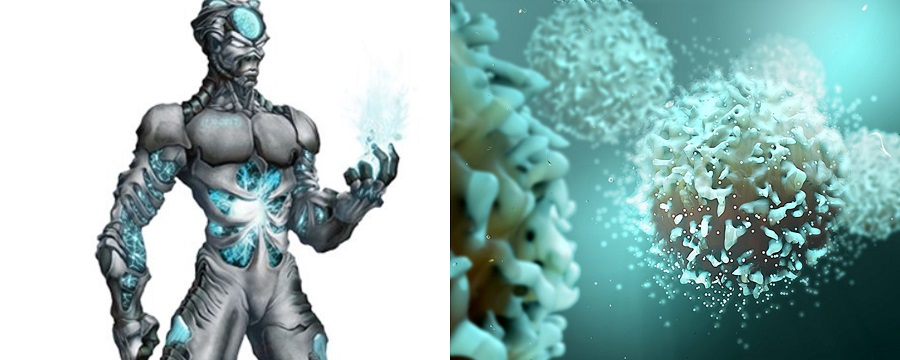
We mentioned earlier that, T-Cells represent the third type of lymphocyte, alongside NK Cells and B-Cells.
Our bodies produce four major types of T-Cells:
- Cytotoxic or Killer T-Cells: The cytotoxic T-Cells are on a mission to kill off all infected cells that came in touch with a pathogen. They have receptors on their surface, which allow them to identify infectious cells and bind to them. Then, cytotoxic T-Cells can launch molecules at infected cells with the scope of destroying the pathogen and preventing the infection from spreading.
- Helper T-Cells: This type of T-Cells is in charge of recognizing pathogens and inviting other cells of our immune system into battle. Helper T-Cells stimulate B-Cells to produce antibodies, but they also stimulate macrophages and killer T-Cells to make an immune response to a threat.
- Regulatory T-Cells: As their name suggests, regulatory T-Cells regulate or suppress the immune response when it’s not needed. Their goal is to prevent warriors of our immune system from damaging healthy cells and tissues.
- Memory T-Cells: These cells are long-lived. Thanks to their impressive ability to memorize our body’s response to a disease or even a vaccine, our immune system can respond much faster to a specific threat the next time it encounters it.
The activity of cytotoxic T-Cells appears to be similar to that of Natural Killer Cells. Both units can launch cytotoxic granules at the infected enemy, but they aren’t the same.
You see, our bodies have two types of immunity:
- Innate
- Adaptive
Our innate immunity is the first line of defense against infections. Its role is to immediately shut the enemy down before it spreads too much throughout our bodies. NK Cells are a part of our body’s innate immunity, alongside neutrophils and macrophages.
On the other hand, adaptive immunity represents the second line of defense that we acquire over time. Killer T-Cells are warriors of the adaptive immune system.
Our B-Cells and T-Cells develop various receptors to identify antigens — tiny molecules on the pathogens’ surface. Once they recognize them, they can attack them. Even though the adaptive immune response is slower than the innate immune system, its effects are long-lasting. For example, if you had measles as a kid, you won’t catch them ever again, thanks to the activity of your adaptive immunity.
Since Natural Killer Cells belong to your innate immunity, they hunt down just about any bacteria, virus and infections endangering your health. They store cytotoxic granules ready for launch at all times.
Cytotoxic T-Cells are more specific. They can respond to one particular enemy type only after identifying its antigen. When they recognize the antigen, they prepare the cytotoxic attack and launch it at the pathogen.
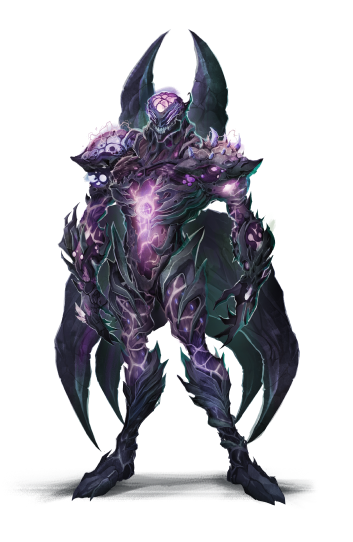
Key Takeaways On Natural Killer Cells
Natural Killer Cells are fascinating warriors of our immune system. They are merciless, silent and efficient.
Their main mission is to keep you safe and healthy. That’s why the NK Cells will promptly respond to any kind of pathogen threatening to hurt you in any way whatsoever.
However, NK Cells are more than just, well, killers. If it weren’t for them, becoming pregnant would be downright impossible for any woman. The activity of NK Cells inflames the womb, enabling the embryo to attach itself to the uterus.

